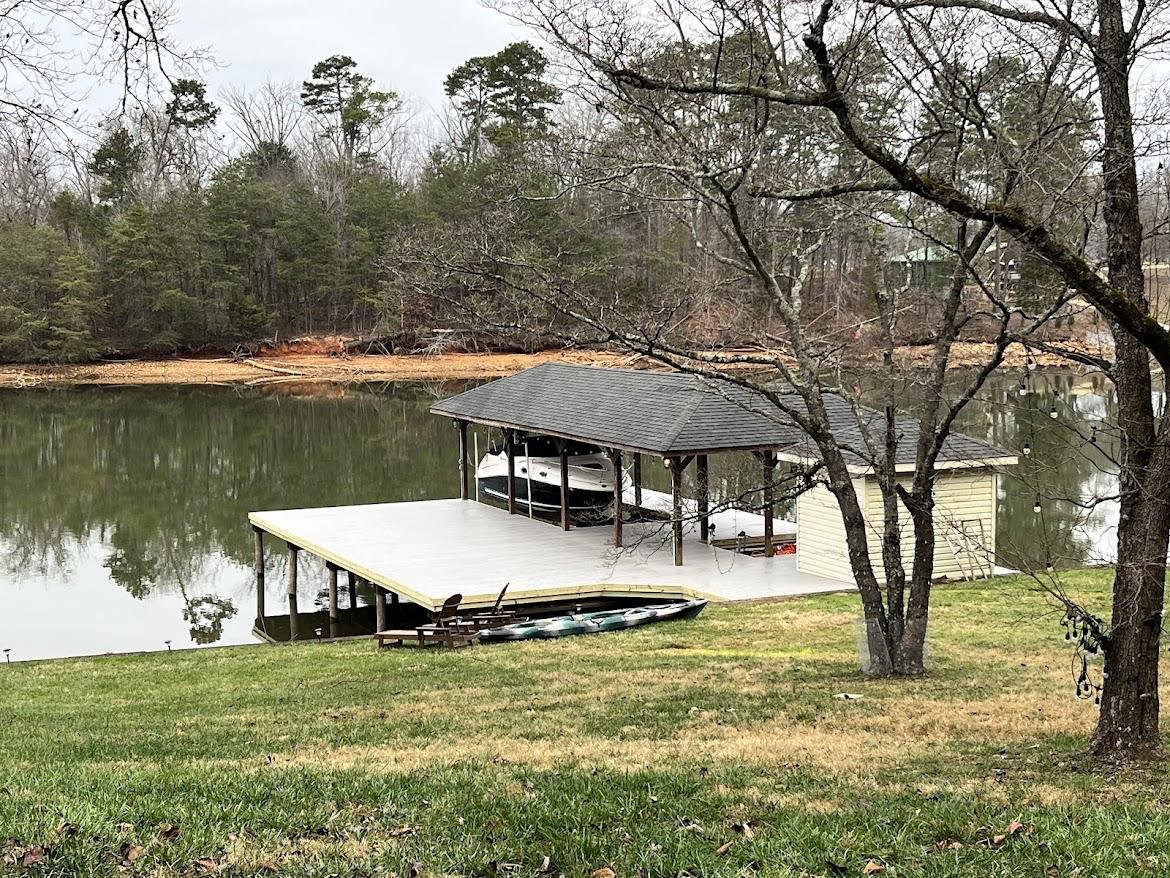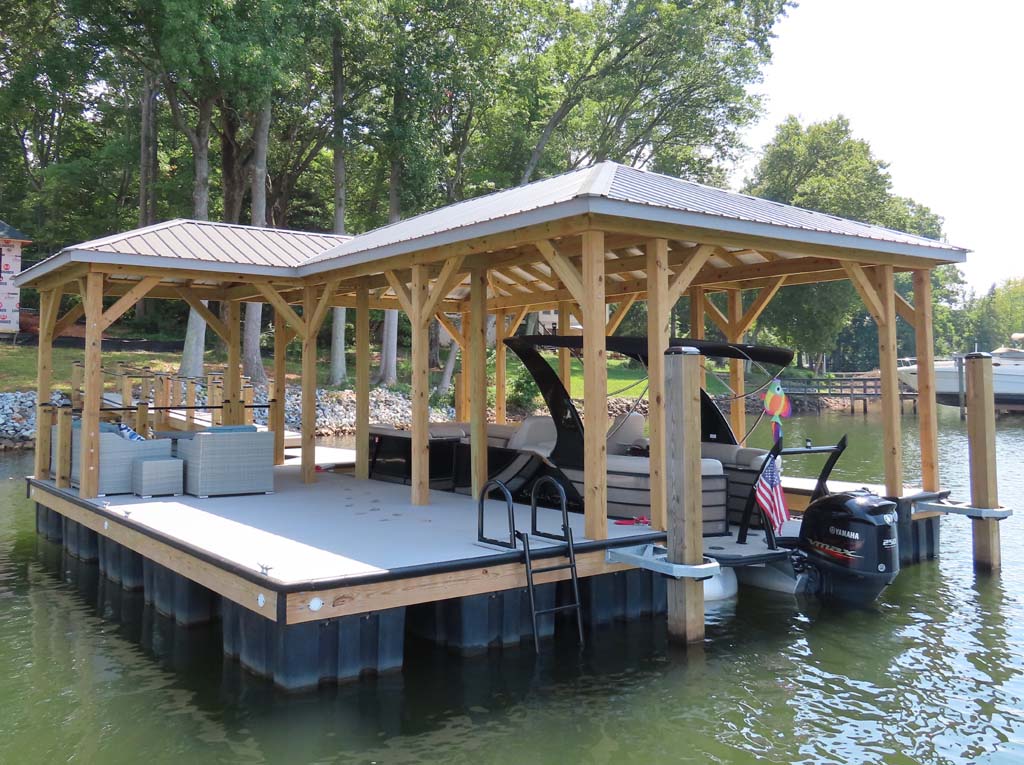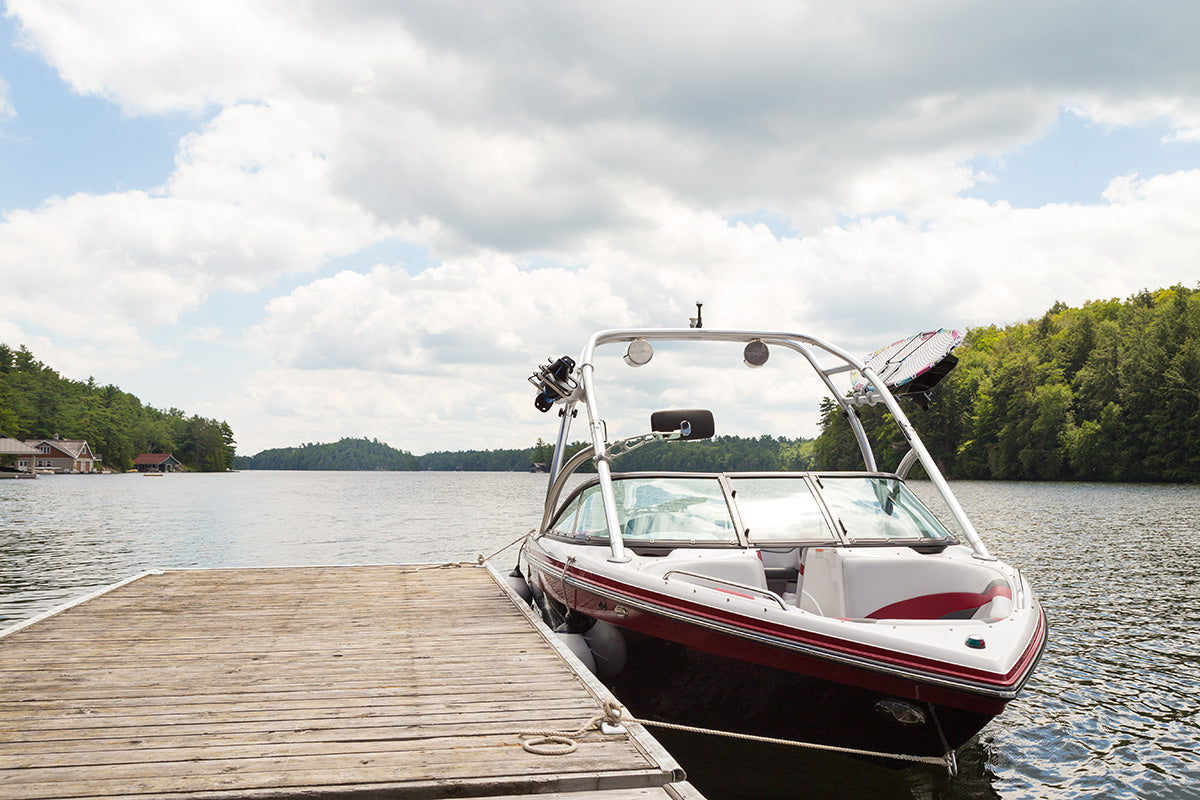Reliable Dock Repair Work Techniques: Making Sure Structural Stability
Guaranteeing the structural stability of docks via efficient repair service methods is critical for the durability and security of marine facilities. This involves a multi-faceted approach beginning with extensive examinations making use of sophisticated technologies like sonar tools and from another location ran cars (ROVs) to find both visible and hid damages. Ultimately, choosing the appropriate fixing products, such as composite products and corrosion-resistant alloys, is essential for durability. Structural support approaches, consisting of the execution of cross-bracing systems and load-distribution plates, play a crucial function in mitigating stress points. The relevance of these strategies becomes obvious when exploring sophisticated repair techniques and preventative maintenance methods.
Assessing Dock Damages
Assessing dock damage is a crucial initial action in making certain the architectural integrity and safety of any docking facility. Key elements to examine include the dock's structure, pilings, decking, and hardware (Dock Repairs).
Structural engineers or certified examiners generally do these analyses utilizing specialized methods and devices. Undersea assessments could employ sonar equipment or from another location operated lorries (ROVs) to identify immersed damage. Above water, aesthetic evaluations are complemented by utilizing moisture meters and other diagnostic devices to reveal underlying problems not quickly visible to the naked eye.

Choosing Fixing Products
Selecting the proper repair work products is a critical action in the dock remediation procedure, one that directly affects the long life and performance of the fixed structure. Material choice should be driven by elements such as ecological conditions, load-bearing needs, and compatibility with existing dock elements. Timber is a traditional option for docks due to its natural resilience and aesthetic charm. Selecting the right type of wood, such as pressure-treated lumber or naturally rot-resistant species like cedar or teak, is important to stand up to marine settings.
In addition to wood, composite products are increasingly popular because of their sturdiness and low maintenance needs. Composites, normally made from a blend of plastic and wood fibers, offer excellent resistance to rot, insects, and UV damages. For steel anchors, selecting corrosion-resistant alloys such as galvanized steel or marine-grade light weight aluminum is important to stop rust and guarantee architectural stability in saline water conditions.
Epoxy materials and marine-grade sealers are important for fixing fractures and sealing joints, providing a water-proof obstacle and improving the dock's general stamina. By thoroughly picking top quality materials, dock repairs can achieve lasting results, consequently guarding against future deterioration and making certain risk-free, trustworthy usage.
Architectural Support Methods
Efficient architectural support strategies are critical in making sure the security and long life of dock repairs. One fundamental method entails making use of steel or composite support bars (rebar) within concrete frameworks. Rebar offers added tensile toughness, avoiding fractures and dispersing loads more evenly. This method is particularly effective for anchors revealed to hefty tons or severe environmental problems.
An additional essential method is the application of fiber-reinforced polymers (FRP) These products provide high strength-to-weight ratios and superb resistance to corrosion, making them ideal for enhancing concrete or wood anchors. FRP can be used in strips or sheets and bound with epoxy resins to boost architectural stability.
Supporting and anchoring systems also play a vital duty in architectural reinforcement. Cross-bracing, making use of steel or wood light beams, can counteract side pressures, lowering persuading and movement. Securing systems, such as helical piers or driven stacks, give a secure structure Full Report by moving tons to deeper, much more stable dirt layers.
Lastly, the assimilation of load-distribution plates can assist disperse weight a lot more equally across the dock's surface area, reducing localized stress and anxiety factors. These methods jointly guarantee that docks continue to be durable and secure, with the ability of standing up to the rigors of their functional setting.
Advanced Repair Service Approaches

Another advanced method involves underwater click for more info welding, which enables fixings to be carried out without the need to dewater the location. This technique is especially advantageous for attending to structural concerns in immersed dock parts, guaranteeing marginal interruption to operations. Enhanced welding strategies, combined with robotic systems, supply accuracy and reliability, thereby extending the life expectancy of the dock.
In addition, cathodic defense systems are applied to stop corrosion in metallic dock structures. By utilizing sacrificial anodes or impressed current systems, these methods efficiently alleviate the electrochemical processes that result in material degeneration.
Finally, progressed monitoring technologies, such as architectural wellness tracking (SHM) systems, give real-time information on the problem of dock structures. These systems make it possible for positive upkeep and prompt interventions, eventually ensuring the long-lasting architectural honesty of the dock.
Maintenance and Avoidance
Upkeep and prevention are basic ideas that underpin the longevity and safety of dock frameworks. this website Normal assessments are paramount, enabling very early discovery of damage, potential weak points, and ecological effects. An aggressive method, entailing regular look for corrosion, rot, and architectural changes, minimizes expensive repair services and prolongs the dock's operational life.
Precautionary measures need to include using protective layers to steel components to guard versus rust and utilizing cured wood to stand up to degeneration. Furthermore, making sure proper water drainage and ventilation can protect against water buildup, which is an usual reason for architectural degradation. Integrating high quality materials and sticking to manufacturer standards throughout building and fixing stages likewise play essential functions in enhancing longevity.

Training workers in dock maintenance best practices makes sure constant application of precautionary procedures. Leveraging technical developments, such as drones for inspections and sensors for real-time tracking, can even more enhance upkeep efforts. By focusing on upkeep and prevention, dock proprietors can guarantee architectural stability, functional safety, and cost-efficient monitoring over the dock's life-span.
Final Thought
In final thought, preserving the structural integrity of aquatic facilities necessitates detailed dock repair methods. Advanced repair work techniques, paired with regular upkeep techniques, ensure the dock continues to be operational and risk-free under varied environmental conditions.
Making sure the architectural integrity of docks with reliable repair work strategies is paramount for the longevity and safety of aquatic centers.Selecting the appropriate repair service materials is a critical action in the dock restoration process, one that directly influences the long life and performance of the fixed framework.Reliable architectural reinforcement techniques are crucial in ensuring the security and longevity of dock repair services. By prioritizing maintenance and prevention, dock owners can guarantee structural honesty, operational safety, and cost-efficient management over the dock's life-span.
In verdict, keeping the architectural stability of aquatic facilities requires detailed dock fixing strategies.